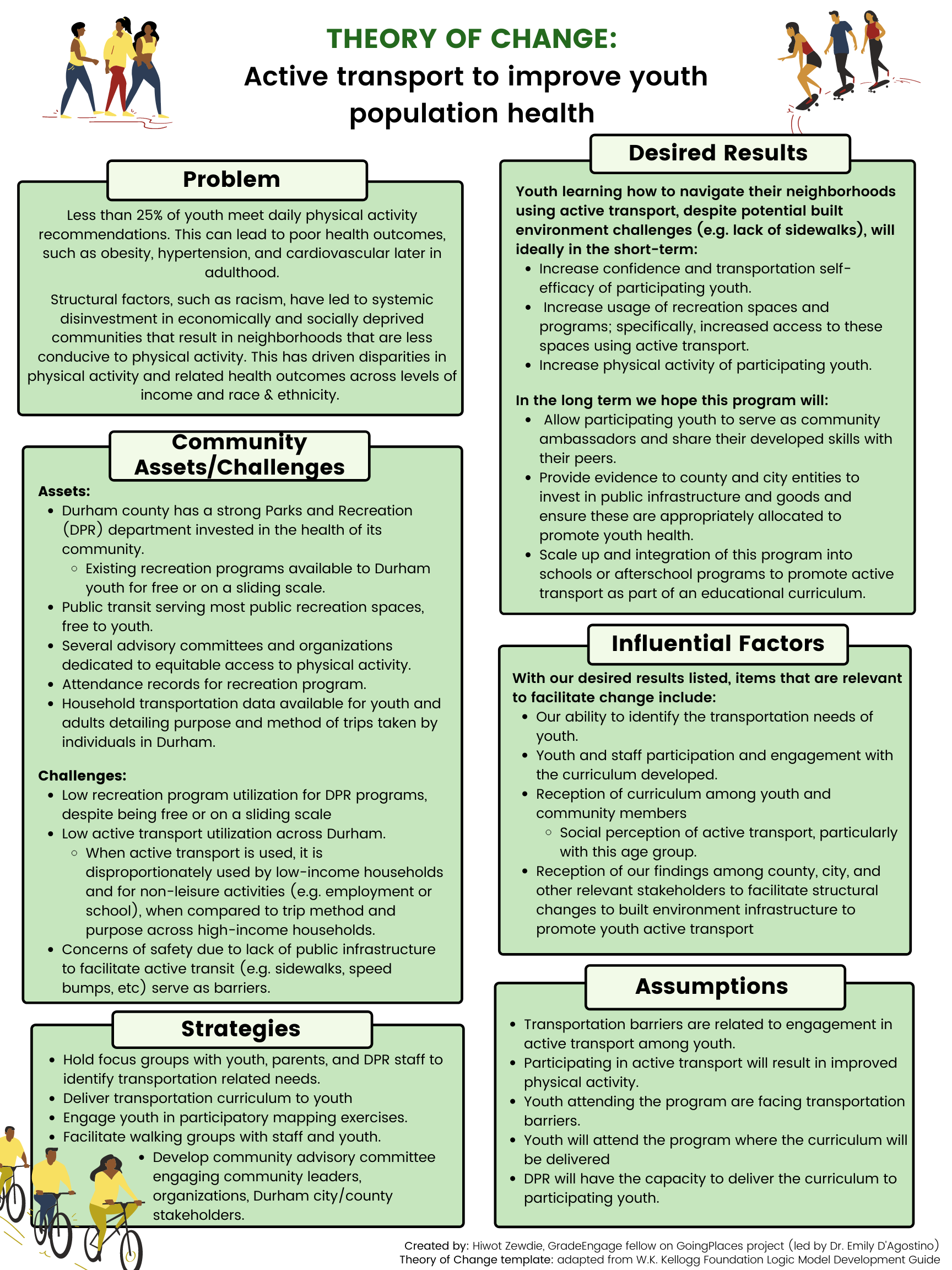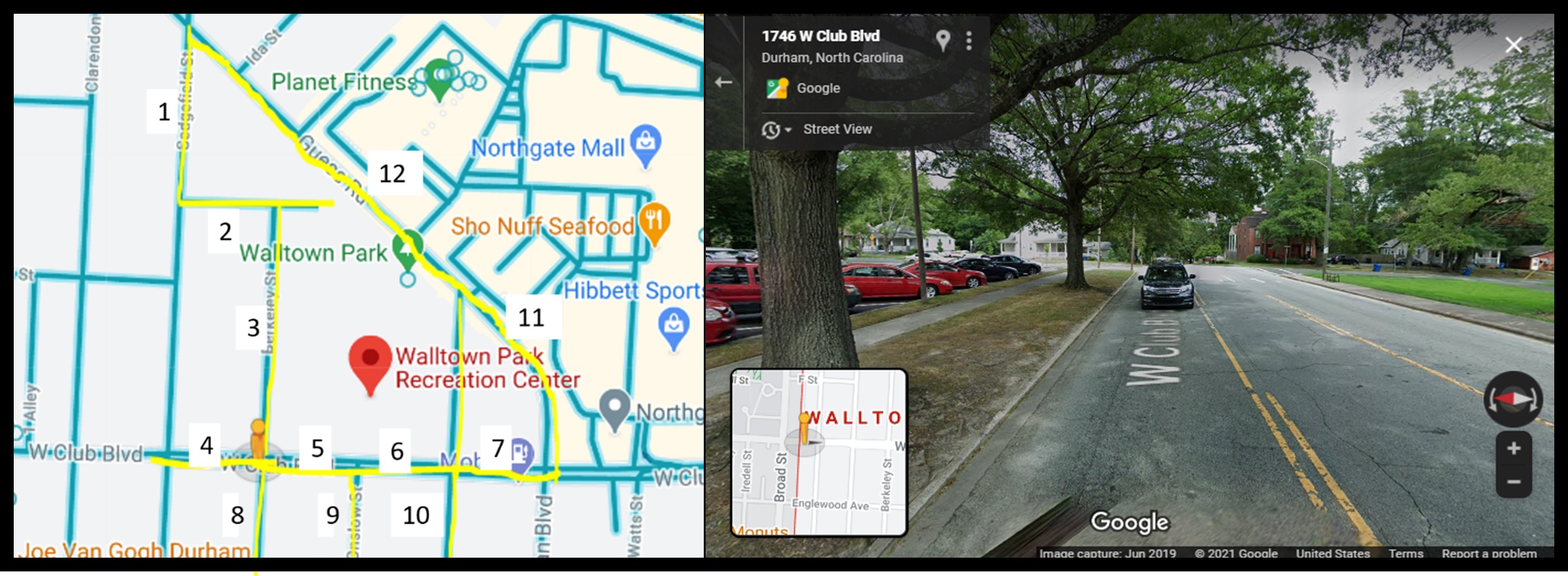I find myself often comparing my GoingPlaces experiences with the experiences of completing my thesis research. My thesis investigates greenspaces and mental health in Addis Ababa; it was a research question I came into the program determined to explore. I was fortunate to find exceptional mentors and supportive team members that afforded me the creative freedom to investigate this question. It was an incredible feeling to have the guidance and resources to explore a topic I cared so deeply about, especially in a country and context that I was directly connected to. However, having collected the data, written up my findings, and defended my work, I am left unsatisfied.
Reflecting on my experiences with GoingPlaces, I am beginning to understand why this might be the case. The opportunity to be involved with GoingPlaces has been an extraordinary experience that has considerably shaped the spaces I see myself being a part of, especially as I move forward in life. I think perhaps the most significant aspect of the project has been the privilege to be in a space where we can come together, across roles and expertise, with the shared goal of fostering healthier communities. I emphasize “shared” because I believe it is this critical component that was missing from my thesis work, which left me with feelings of inadequacy.
Don’t get me wrong: my thesis team was and is beyond supportive of the research, and they have always gone above and beyond to provide me with the resources to successfully answer the questions I had hoped to explore. I think the problem was me.
This was a topic I was passionate about and had found I could start addressing research gaps. Coupled with the pressure of novelty in academia, I selfishly charged forward with this question without considerations of community needs or priorities that are necessary for sustaining the product of this work. At no point in the process did I take the time to cultivate a sense of shared purpose for the questions I was pursuing.
The result, I realize, is feeling very alone (and as I type this out, feeling very self-absorbed).
GoingPlaces demonstrates to me what it is like to pursue a question that everyone is invested in. It is a feeling that trumps even the feeling of pursuing a question with the world at your disposal — if it means you can only do it alone.
This is a lesson that I think comes at an inflection point in my life as I consider the type of researcher I aim to become. I have gained a greater sense of fulfillment, purpose, and happiness, pursuing research questions serving to address community needs rather than ones I have conjured up for the sake of doing so.
I am reminded of environmental justice (EJ) leaders that I deeply admire and recently heard speak at an EJ summit, namely Drs. Danielle Purifoy and Libby McClure. Dr. Purifoy is a lawyer and Dr. McCulre is an epidemiologist. Despite their disparate backgrounds, they both stood under the same roof demonstrating their unequivocal commitment to health and environmental equality. What particularly stood out to me, relevant to both the failures of my thesis and the opportunities in GoingPlaces, was their ability to selflessly integrate their technical training and expertise to move forward local community needs.
Reflecting on Drs. Purifoy and McClure’s seminars, in conjunction with my experiences throughout this fellowship, I am reminded of the individual I hope to embody. I am beyond grateful for this experience to critically consider both the social issue at hand, and how I, as a student, professional, and individual, can fit into these spaces.
I look forward to continuing my involvement with communities as we work to improve neighborhood health.



